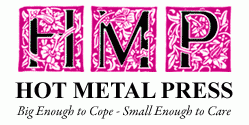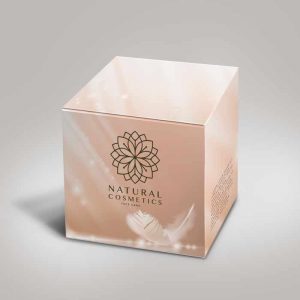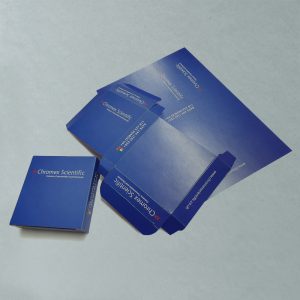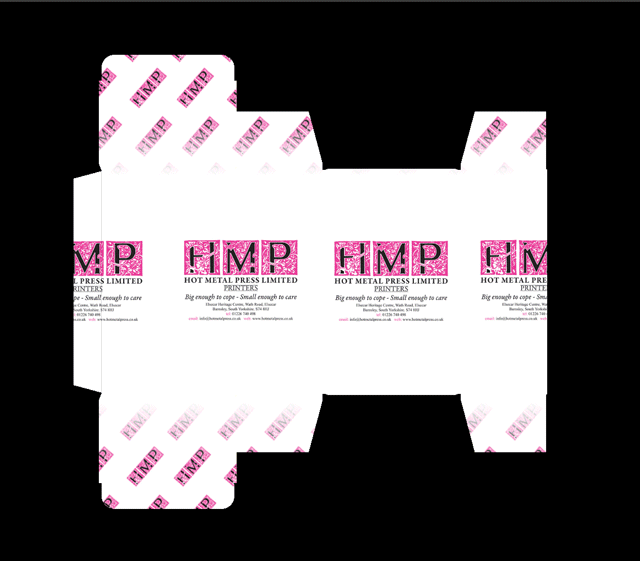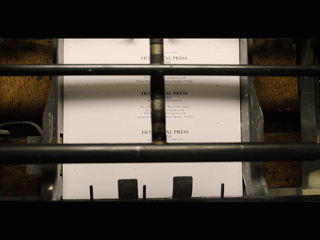Types of Box
At Hot Metal Press we have many box options available, here are the main ones and a brief outline of each – but if you don’t see what you’re looking for or if you’re not sure – contact us!
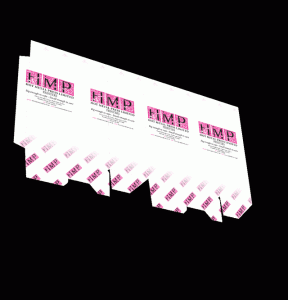 Crash Lock
Crash Lock
Providing one of the quickest and most efficient forms of manual packaging assembly, crash lock boxes can result in significant cost and time savings for a huge range of packing operations.Easily assembled in one quick action – the base folds out and locks together – crash lock boxes allow large numbers of boxes to be assembled quickly, consistently, and reliably without tape – sometimes called ‘Auto lock boxes’.
Also available are “Lock Bottom” boxes, which are assembled without glue.
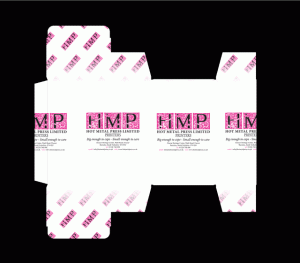 Tuck End
Tuck End
Straight tuck boxes are one of the most common types of boxes that work for a variety of industries. The top and bottom closure panels are attached to the same main panel.A straight tuck box folds from front to back in the same direction. Usually, a straight tuck end box has slit locks that secure the tucks in place.
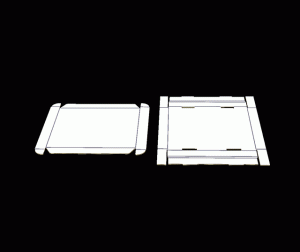 Lid & Base
Lid & Base
These two-piece boxes are an elegant packaging solution that works for many kinds of product, especially for luxury products, sweet assortments, or product kits with multiple items.They are formed of a lid and a base, and both components usually have a double-wall structure, which makes the box very strong and durable. Custom inserts that keep your products into place can also be added inside the box.
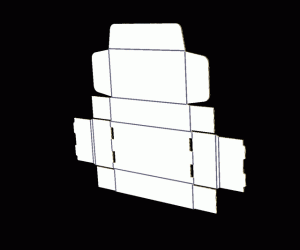 Hinged Lid
Hinged Lid
One piece hinged lid boxes are a cost effective way of attractively packaging your products. Simple, easy to assemble gift boxes can be put together quickly with no need for glue.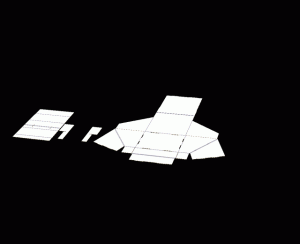 Display
Display
All of our cardboard display stands are individually produced to suit your products. Displaying products as free standing, or next to tills and on retail counters is a great opportunity to catch those last minute impulse sales.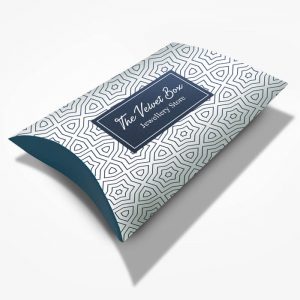 Pillow
Pillow
a great way to package products for retail. Easy to fold and made in a variety of sizes, these boxes make an impact with consumers, and turn what is normally dull packaging into a unique, eye catching box option.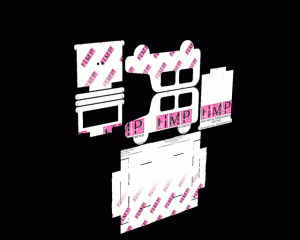 Other
Other
The options are infinite!
Box Standards
We utilize the FEFCO code to describe box types and measurements. FEFCO code is the internationally applied system for corrugated packaging design. It contains the design of the most common box types with a code number assigned to each design, making it an easy tool for the paper packaging industry.
You can download a copy of the 2022 standard here Fefco Code 2022 ![]() .
.
Box Features
Some definitions of basic box features
- Apertures / Windows
An aperture or window is a design element where the paperboard is cut out of the design to show the contents inside the box. This cut out is created with the die cutting forme. - Dustflaps
Dust flaps can be found on most boxes and folding cartons with a a lid that folds shut. Dust flaps add a protective barrier to the little openings when you close the lid of a box. They can be on the sides of a lid or even at the base of a box. - Hanger Panel
A hanger panel extends from the back panel. The hanger panel has a hole that helps you display or hang your products on display shelves or on hook panels for retail display. - Interlocking
An Interlocking box is simply a box that is assembled without glue, they usually have small tabs that fit into a matching slot to hold the box together. - Buffer Wall
The buffer wall creates a more premium feel to a box and can work well with a lid or sleeve for presentation boxes. Buffer walls can add more structure to a box as well as protection for the products inside. - Lock Buckles
Lock buckles are tabs that fit into matching slots to hold flaps closed - Thumb tabs
Thumb tabs are circular cutouts made on the main panels of the box to facilitate an easy opening. - Inserts
An insert is a piece of paperboard that is cut and sometimes glued to help secure the product(s) within the folding carton. For example, an insert can be found in a glass bottle box, to prevent the glass bottle from moving. Or it can be inside a lip balm display box or a multiple-piece makeup kit, in which case it can also act as a divider. - Sleeves
A sleeve is a box with no ends that wraps around the product container, adding another level of customization and protection to all types of boxes.
Box Materials
What do we make boxes out of?
- Folding Box Board
This is a fully coated board with single coated white back (PEFC Certified).
Made from 100% primary fibre from sustainable forests. (PEFC 75%).
The bleached pulp used is elemental chlorine free (ECF) and is an acid free board.
The high bulk enables lighter weight boards to be used without reducing the required thickness, stiffness or opacity.
Approved for direct contact with dry and non-fatty foods.
The major end uses of folding boxboard are health and beauty products, frozen, chilled and other foods, confectionaries, pharmaceuticals, graphical uses -
Fluted Board / Corrugated Board
Corrugated cardboard is basically made up of a fluted (wavy) sheet which is sandwiched between an outside liner and an inside liner. It is the size of the flute and the weight of the paper, which between them, determine the strength and the performance of the packaging.
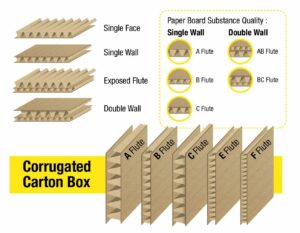

Food Grade
Recycled paper and board often contain mineral oils and many other substances which may migrate into foods at levels exceeding safe thresholds (Biedermann-Brem et al. 2016). The source of these contaminants is usually the “raw” material, i.e. the recovered paper and board treated with various chemicals, many of which are not intended to come into contact with food, or which exceed acceptable levels. Although recycling of paper and board is essential for a society aiming at the circular economy, the safe use of paper and board for FCMs remains a challenge: The identification and toxicological assessment of the migrants from recycled paper and board was judged to be unrealistic. Additionally, each manufacturer may produce a new cocktail of migrants with each new batch of recycled paper and board. After this topic was brought to public awareness in 2011, many food companies stopped using recycled paper and board and switched to materials made from virgin fibers. Alternatively, functional barriers can be used to reduce the migration from recycled paper and board into food. Such barriers can either be integrated into an internal plastic bag or coated onto the internal surface of the paperboard box.-
Other
We can also use our regular stocks of paper & boards for packaging where appropriate, gloss, silk, kraft, uncoated – whatever you need, to get the job done.
